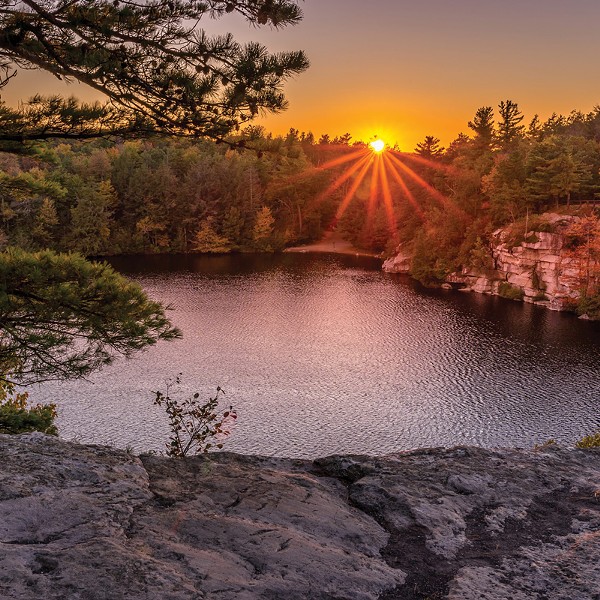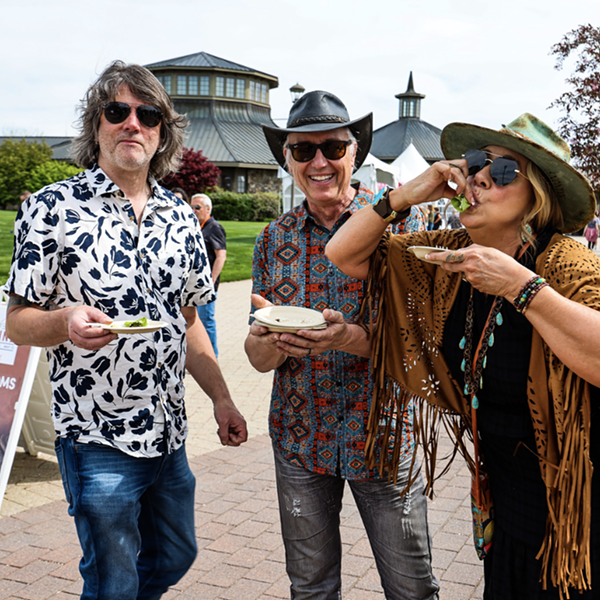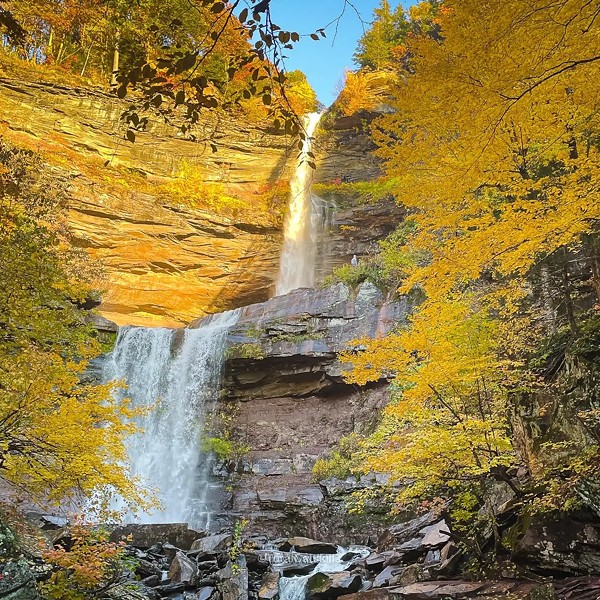“It's a great feeling to have disparate organizations get together for the public good,” says Dr. Ledlie Klosky, a professor of Civil Engineering at the United States Military Academy at West Point, describing the partnership between West Point, Open Space Institute, and New York State Office of Parks, Recreation, and Historic Preservation.
The three organizations have been coming together to replace bridges and improve public parks in the Hudson Valley for the last four years. Most recently they replaced four bridges on the newly opened 9.5-mile Hubbard Perkins Loop Trail at Fahnestock State Park in Putnam and Dutchess counties. The bridges are designed to make new parts of the park more accessible to hikers and redistribute visitors to avoid overcrowding.
Fahnestock State Park is 14,086 acres, including four ponds and two lakes. Visitors of the park can walk or bike the many hiking trails running through the park, enjoy the beach on Canopus Lake, fish on Pelton pond, rent boats at the boat launch, or stay the night at one of the 80 camp sites with picnic tables and charcoal grills or RV trailer sites. The park is also open to turkey and deer hunting during their respective seasons.
Field (and Forest) Training
West Point has taken on these recent park projects as part of a yearlong capstone senior project for engineering students to get hands-on career experience. The cadets start by making a site visit to the park and then are split into two competition groups of two or three students to design a bridge. This opportunity gives cadets real-world experience by giving them the opportunity to see a project through from start to finish. Cadets are tasked with many different parts of civil engineering that they’ll be faced with in their careers, including accessing the site, communicating with stakeholders, going to design meetings, and reworking their drawings. It gives cadets a sense of confidence before going out into their careers.
“It’s a wonderful thing for the students because they get the field experience of building a real project,” Dr. Klosky says. For many cadets this is their first time seeing something they’ve designed become tangible. “Paper is one thing but the real world is quite another, and when you try to take what you drew and pour it in concrete, that's challenging.”
Working on the parks is also a physical challenge for cadets because all of the bridges are deep into the woods, many without vehicle access. Students have to hike with all of the materials and equipment into the site during the building process.
This learning experience and public improvement was made possible because of the strong partnership and dedication between West Point, NYS Parks and Open Space Institute. Open Space Institute led the project by coordinating and providing all funding for the project. They are a nonprofit land conservation organization designed to protect land all across the East Coast. The Hubbard Perkins Loop Trail project cost $1.5 million dollars and took two years to complete.
“We lead the project through development and permitting and approvals. And we ultimately take the project, bid it and hire the contractor, and actually oversee the construction,” says Peter Karis, the Vice President for Parks and Stewardship at Open Space Institute. “So that at the end of our project we hand to NYS Parks a completed project.”

















